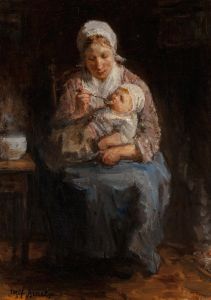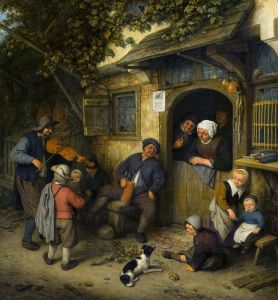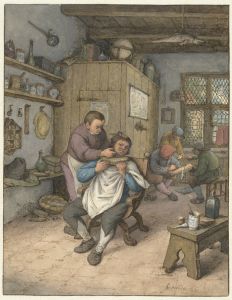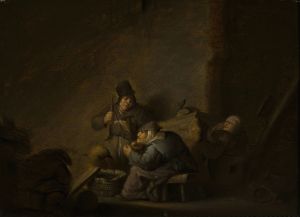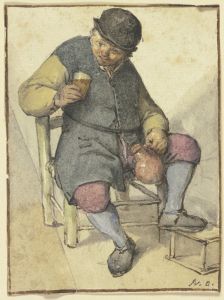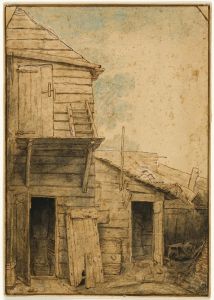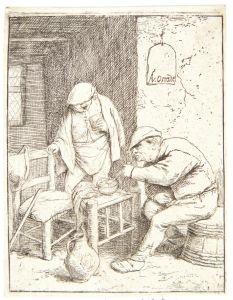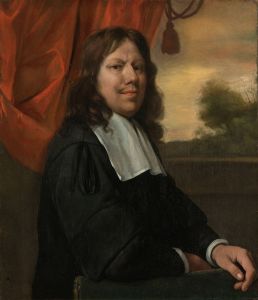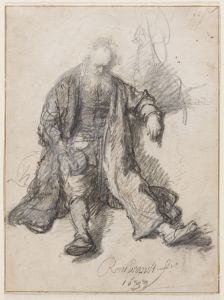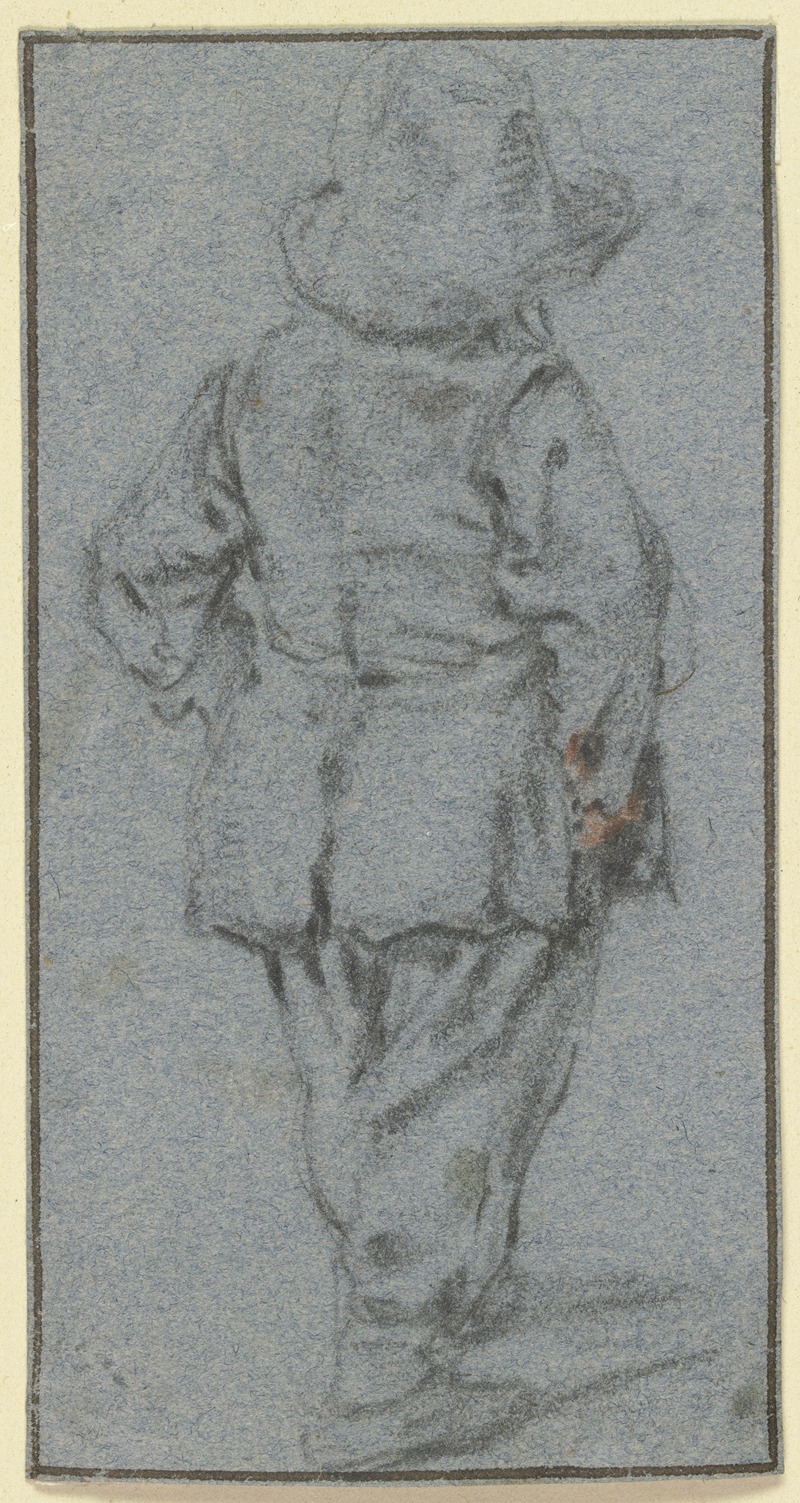
Standing boy from behind
A hand-painted replica of Adriaen van Ostade’s masterpiece Standing boy from behind, meticulously crafted by professional artists to capture the true essence of the original. Each piece is created with museum-quality canvas and rare mineral pigments, carefully painted by experienced artists with delicate brushstrokes and rich, layered colors to perfectly recreate the texture of the original artwork. Unlike machine-printed reproductions, this hand-painted version brings the painting to life, infused with the artist’s emotions and skill in every stroke. Whether for personal collection or home decoration, it instantly elevates the artistic atmosphere of any space.
Adriaen van Ostade was a Dutch Golden Age painter known for his genre scenes depicting peasant life. Born in 1610 in Haarlem, Ostade was a contemporary of other notable artists such as Frans Hals and Rembrandt van Rijn. He was a student of Frans Hals, which influenced his early work, particularly in his use of color and lively character depictions. Over time, Ostade developed his own distinctive style, characterized by a focus on the everyday lives of the lower classes, often with a touch of humor and keen observation.
"Standing Boy from Behind" is one of Ostade's works that exemplifies his interest in capturing the essence of ordinary life. Although specific details about this particular painting are scarce, it is consistent with Ostade's broader oeuvre, which often includes figures engaged in mundane activities, set against rustic interiors or village exteriors. Ostade's paintings are noted for their detailed portrayal of textures and materials, as well as their warm, earthy color palettes.
In "Standing Boy from Behind," Ostade likely employs his typical attention to detail and texture, capturing the clothing and posture of the figure with precision. The painting would reflect his skill in rendering the human form and his interest in the subtleties of light and shadow, which he used to create depth and realism in his compositions. Ostade's ability to convey character and mood through simple gestures and expressions is a hallmark of his work, and this painting would be no exception.
Ostade's paintings often serve as a window into 17th-century Dutch life, providing insights into the social and cultural context of the time. His works are appreciated not only for their artistic merit but also for their historical value, offering a glimpse into the daily lives of people who were often overlooked in the grand narratives of history. The simplicity and directness of his subjects resonate with viewers, making his work enduringly popular.
Throughout his career, Ostade produced a significant number of paintings, drawings, and etchings. His works are held in high regard and are part of major museum collections worldwide, including the Rijksmuseum in Amsterdam and the Louvre in Paris. Ostade's influence extended beyond his lifetime, impacting subsequent generations of artists who admired his ability to capture the spirit of everyday life with authenticity and charm.
While "Standing Boy from Behind" may not be as widely recognized as some of Ostade's other works, it remains an integral part of his artistic legacy. It exemplifies his commitment to portraying the world around him with honesty and humor, qualities that continue to endear his work to audiences today.





